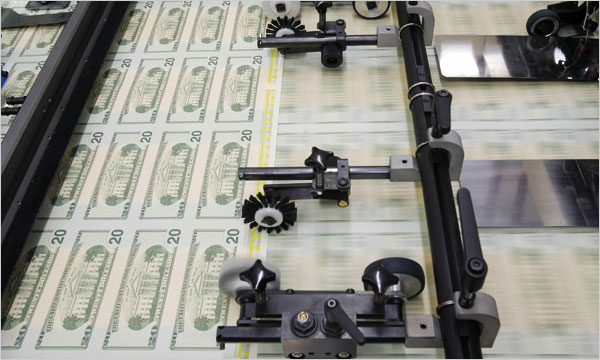When you study QE you really need to account for how it’s implemented and in what environment it’s implemented. I’ve long stated that QE1 was probably much more effective than QE2 and QE3 because it was enacted during a period when markets were anything but “normal”. Therefore, the central bank’s intervention as a market maker had a significantly positive impact on the broader economy. This is a conclusion that the Bank of England’s researchers agrees with in a recent bit of research:
“We have developed a simple and highly stylized model of the economy to assess whether shifts in the balance sheet of the central bank have a significant impact on real variables. Analytical solutions to that model are not, in general, available. So we turn to simulations of a calibrated version of this OLG model. We find that across a fairly wide set of environments – with different rules for the setting of interest rates and different ways in which fiscal policy is conducted – the impact of asset purchases working through a portfolio re-balancing channel is weak or absent. Because our periods are long, one could interpret this result as showing that the central bank swapping shorter-dated bonds for longer-dated bonds is relatively ineffective, at least when financial markets are operating normally.
That result does not show that central bank asset purchases (quantitative easing) do not work. And it certainly does not show that the major expansion of the balance sheets of the central banks in the US, UK, Japan and in the euro zone in recent years have been ineffective. We reach a different conclusion, which is that the main way in which such balance sheet changes have worked is probably not through the operation of a portfolio rebalancing of private sector portfolios undertaken in an environment of normally functioning financial markets. But LSAPs undertaken in an environment when financial markets are not working normally may well have significant effects. “
That makes sense. In a normal environment swapping a t-bond or MBS for reserves/deposits doesn’t make a huge impact on the economy. On the other hand, if you implement this swap during a period when various assets are significantly undervalued or under duress then the rebalancing effect can have a significant impact on broader assets and portfolios.
See also: Understanding Quantitative Easing
Mr. Roche is the Founder and Chief Investment Officer of Discipline Funds.Discipline Funds is a low fee financial advisory firm with a focus on helping people be more disciplined with their finances.
He is also the author of Pragmatic Capitalism: What Every Investor Needs to Understand About Money and Finance, Understanding the Modern Monetary System and Understanding Modern Portfolio Construction.



Comments are closed.